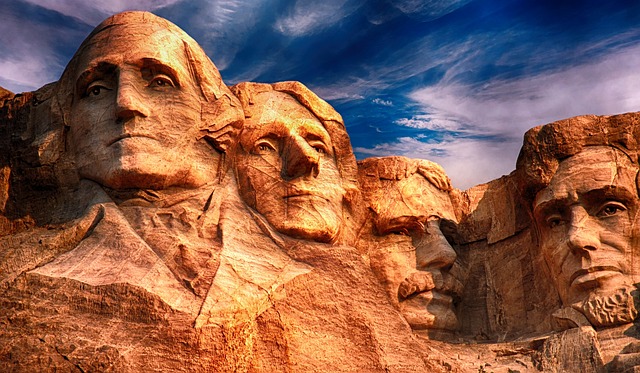The modern design trend combines vintage aesthetics with American heritage through tea-stained elements, particularly the American flag. This technique creates a powerful symbol of history and nostalgia, bridging old and new in an appealing manner. The "tea-stained" American flag, with its faded colors and worn appearance, tells stories of America's resilience and diverse history, such as the Boston Tea Party. Incorporating aged textures like tea-stained flags in home decor adds visual interest and storytelling elements, using natural aging to mimic time's effects. Balancing preservation and emulation is crucial; authentic antiques must be respected while capturing the spirit of past eras through techniques like subtle distressing.
The allure of vintage aesthetics has taken the design world by storm, with many seeking a nod to America’s rich history. Among these, the aged look of the tea-stained American flag holds a unique place as a powerful symbol. This article delves into the appeal and symbolism behind this classic design, exploring its historical context, from colonial times to modern home decor trends. We’ll discuss ethical considerations in preserving heritage while also considering creative emulations.
- The Appeal of Vintage Aesthetics in Modern Design
- Exploring the Symbolism Behind Tea-Stained Flags
- A Historical Perspective on American Heritage
- Incorporating Aged Textures in Home Decor
- Ethical Considerations: Preserving vs. Emulating History
The Appeal of Vintage Aesthetics in Modern Design

In the realm of modern design, there’s a growing fascination with vintage aesthetics, particularly those that pay homage to American heritage. One striking example is the incorporation of tea-stained elements, most notably the American flag. This unique approach not only adds a distinctive visual appeal but also serves as a powerful symbol of history and nostalgia. The tea-stained American Flag, with its aged look, evokes a sense of timelessness and storytelling, making it a popular choice for interior decor and fashion.
This trend transcends mere decoration; it’s about creating a connection to the past. The soft, worn-out hues achieved through tea staining mimic the effects of time, turning everyday objects into cherished heirlooms. Whether in the form of textiles, artwork, or furniture, these vintage pieces bring a sense of warmth and character to modern spaces, bridging the gap between old and new in an appealing and meaningful way.
Exploring the Symbolism Behind Tea-Stained Flags

The tea-stained American flag, with its faded colors and worn appearance, has become an iconic symbol of the nation’s rich heritage and history. This unique aesthetic is achieved through a deliberate process where the flags are intentionally aged, often imitating the effects of time and exposure to the elements. The symbolism behind this technique is profound; it serves as a visual representation of America’s past, present, and enduring spirit.
Each tear, stain, and frayed edge tells a story, evoking feelings of nostalgia and patriotism. The process of tea-staining adds a layer of depth and character to the flag, making it more than just a symbol—it becomes a living testament to the resilience and stories woven into America’s fabric. This aged look transcends time, inviting viewers to appreciate the enduring legacy and diverse experiences that have shaped the nation.
A Historical Perspective on American Heritage

American heritage is a rich and complex tapestry woven with threads from various cultures, historical events, and societal shifts. To truly capture its essence, one must look back at the nation’s past, where the foundation of its identity was laid. The United States has a unique history characterized by a blend of innovation, struggle, and resilience that has shaped its character over time.
One iconic symbol deeply rooted in American heritage is the Tea Stained American Flag—a poignant representation of the country’s revolutionary spirit. This image evokes memories of the Boston Tea Party, an event that marked a pivotal moment in the nation’s fight for independence. The stained flag serves as a reminder of the sacrifices made by those who dared to challenge colonial rule, reflecting the ideals of freedom and self-determination that continue to define America today.
Incorporating Aged Textures in Home Decor

Incorporating aged textures into home decor is a unique way to evoke a sense of history and heritage, especially when drawing inspiration from American symbols. One striking example is the use of tea-stained materials, such as a Tea Stained American Flag. This decorative technique not only adds visual interest but also conveys a story. The subtle stains and worn edges mimic the effects of time, turning ordinary fabrics or papers into cherished relics.
This aesthetic can be applied to various items around the home. From tablecloths adorned with tea-stained stars and stripes to framed photographs enhanced with aged borders, each piece contributes to a warm, nostalgic ambiance. The process often involves natural aging techniques, ensuring that every detail, from frayed edges to faded colors, tells a tale. Incorporating these elements into modern decor is a sophisticated way to blend the old with the new, creating spaces that are both stylish and meaningful.
Ethical Considerations: Preserving vs. Emulating History

When embracing an aged look to symbolize American heritage, it’s crucial to navigate the ethical landscape of preserving versus emulating history. Simply duplicating vintage items, like a tea-stained American Flag, can be seen as disrespectful to the actual historical artifacts and the stories they tell. Authentic antiques hold immense value not just aesthetically but also culturally, often representing significant moments in time.
Preserving these pieces responsibly involves understanding their context and meaning while ensuring their longevity for future generations. Emulation, on the other hand, can be a fine line to tread. It should focus on capturing the essence of a bygone era through techniques like subtle distressing or using authentic materials, without claiming to own or profit from actual historical artifacts. This approach respects both the past and the present, allowing us to appreciate history while creating new pieces that stand as tributes to America’s rich heritage.
